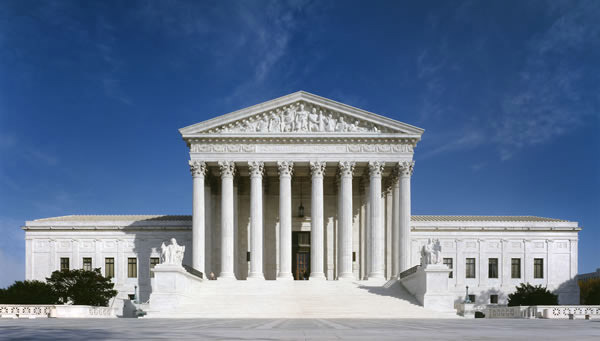The U.S. Supreme Court on Tuesday published a transcript of the day's initial oral hearing of the high-stakes patent battle between Apple and Samsung, highlighting the complexities that face justices on how to properly adjudicate the case.

A good chunk of today's arguments centered around "article of manufacture," a key phrase in patent law that dictates how juries mete out damages in cases of infringement.
As in past lower court battles, Samsung argues damages should be assigned based on a part or portion of profits attributable to an infringing part, not profits on total smartphone sales. For example, an infringing design for rounded edges or home button should be applicable only to that specific part or parts.
Apple disagrees, saying damages should not be separated by component in the case of iPhone, as the device's design is integral to its function. District courts have seemingly agreed, though confusing jury instructions might have played a role in large award amounts. Samsung is currently on the hook for $399 million for infringing Apple patents.
Awarding damages on the whole could leave major technology companies more susceptible to patent trolls, Samsung argues.
Presenting an unbiased assessment, Department of Justice lawyer Brian Fletcher proposed a test to determine, through a fact-finder, which article of manufacture is relevant to a given case, and to derive how much of total profits are attributable to said article. Samsung lawyer Kathleen Sullivan presented a similar test to the high court. As noted by Justice Ruth Bader Ginsburg, however, the attribution portion of the test is where problems arise.
As expected, the high court showed little interest in how design patent laws impact the Apple and Samsung case, instead focusing on the more important issue of creating and instating rules to properly adjudicate future litigation.
The Supreme Court is expected to hand in a decision by June 2017.
Apple v. Samsung Supreme Court Hearing by Mikey Campbell on Scribd


